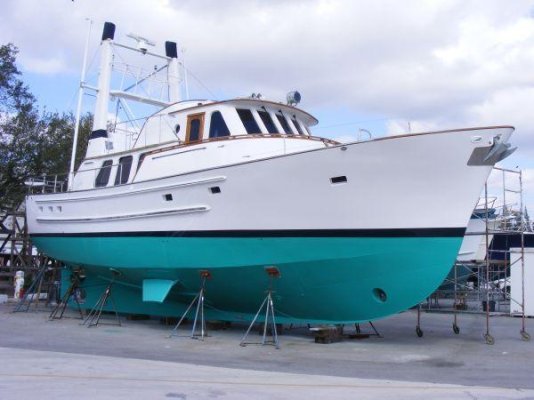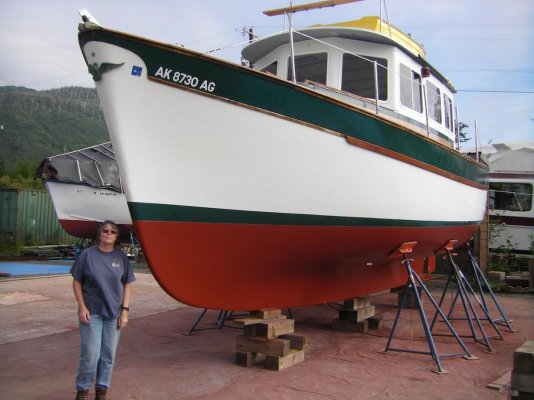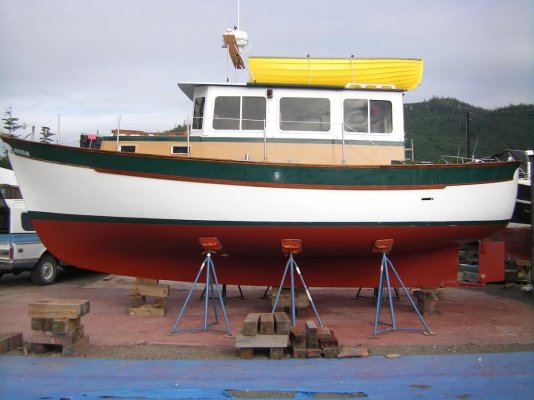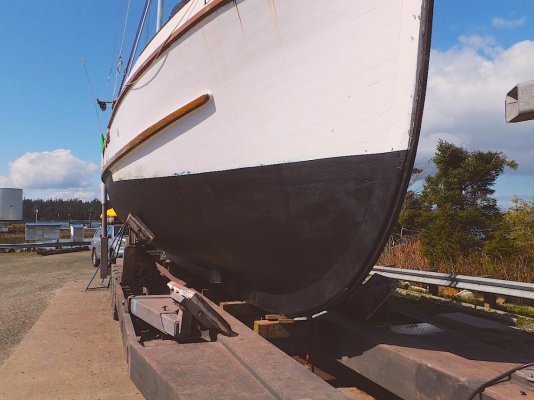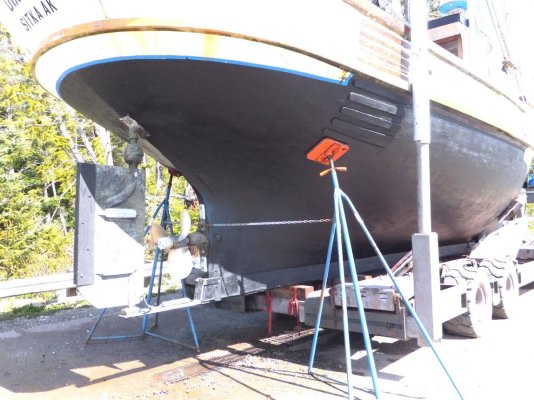I've been aboard every kind of vessel that there is, made of: Wood, Fiberglass, Cement, Composits, Aluminum, and yes steel. And there is something about steel that just seems to say it all; strength, seaworthiness, a sense of security, and durability (Especially in foul weather.) that the other hulls just don't inspire. Steel, And Fun Everyone is an acronim for Safe, and I think that explains how we all feel on a steel hulled vessel.
True, Aluminum comes close, but I always think of aluminum foil, and how it crinkles, and not that the space shuttle's 2" thick hull is made of aluminum. LOL
And fiberglass, well just having glass in the word is enough to unsettle a real swab.
And didn't they use to put cement goulashes on people like Jimmy Hoffa for a reason?
Now wood is okay for someone like Noah who had no idea of what steel was, as it hadn't been invented yet, and his boat wasn't being built for long term usage anyway, it just needed to float for a while. And too, polished wood is wonderful for a nautical setting inside of a steel boat too, to remind us of our roots.
And finally, composits are fine light weight material when used for building air, and spacecraft, but they cost too much, and are as yet untested by time, and really are no more than a space age form of fiberglass to me. And there's that word glass all over again. Geesh!
Now truthfully, when you measure your boat against another out in the water which one would you want to have under you when they collide in the fog?
Capt John S. Keller
Great Lakes Pilot






